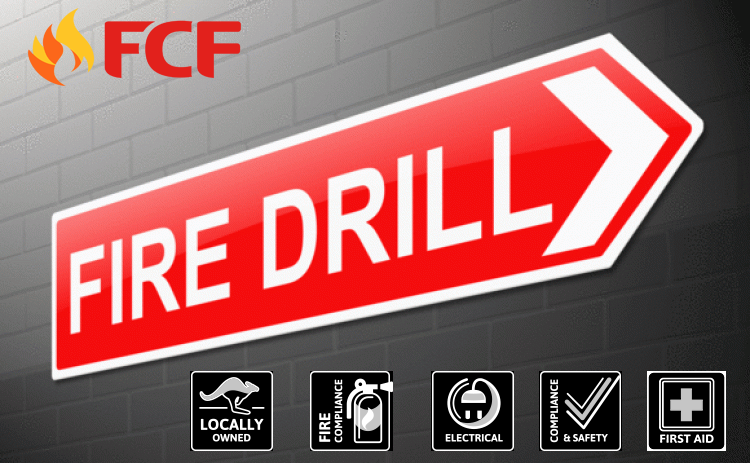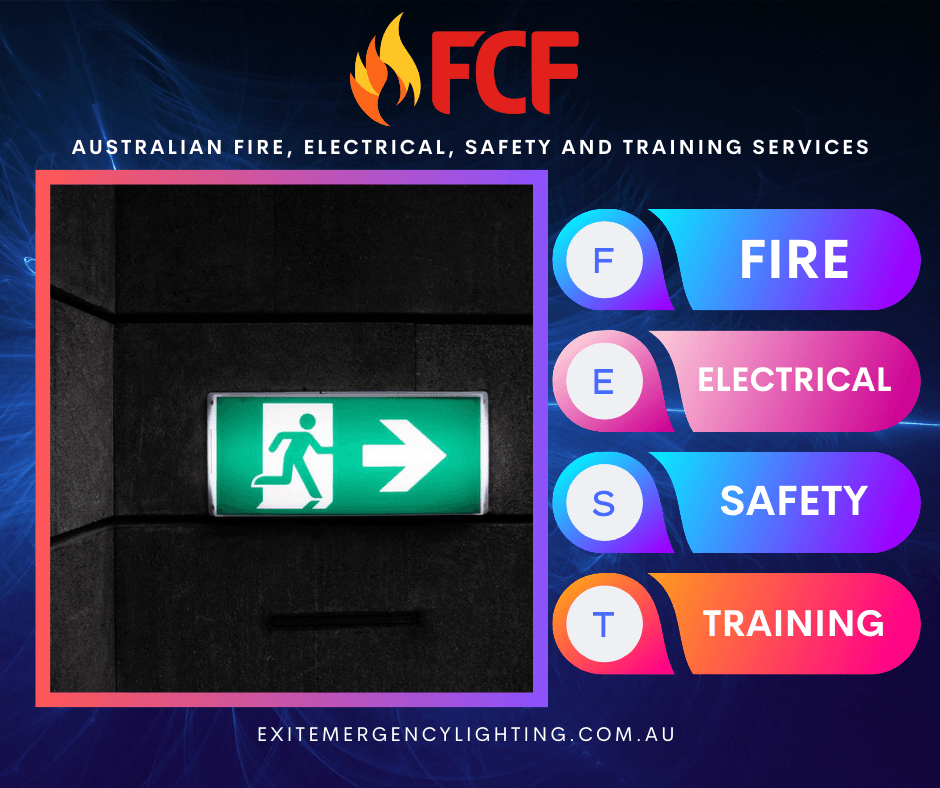Fire Drill Procedures In Universities
)
Evacuation and fire drill Procedures can save lives. If a fire occurs in a university it's crucial that every person knows what to do. Persons who are familiar with fire safety drills and simulations stand a better chance of fighting a fire, saving their friends or teachers, saving property and saving lives.
If everyone knows what to do and is confident with the procedures through the efficient and safe exit of facilities in the case of an emergency then injury and panic may be averted. All staff, students and regular visitors must understand the evacuation plan.
Fire Drill Procedures Emergency Evacuations
The Building Fire Safety Regulation 2008 requires at least one fire drill to be conducted each year. However, due to the large student population at our school sites, our department recommends that practice fire drills be held at least once per term.
The drills should not be allowed to become stereotyped, treat every alarm as an emergency as the situation under actual fire conditions may vary widely. All other departmental workplaces must conduct at least one drill per year. It may also be determined through a risk management process that more frequent drills are required and conducted.

Steps In Conducting A Fire Drill
During a fire drill, different situations may arise. You might have to evacuate immediately or wait for instructions if the fire is controllable. While it depends on the circumstances, these basic practices are your fundamental guidelines in dealing with any situation involving fire.
1.) Identify Possible Threat And Assess The Emergency Situation
If the fire is easily spotted, move on to evacuating everyone. If not, make a brief assessment of where the smoke is coming from or where threats are hard to pass through before exiting the building.
2.) Remain Calm And Raise The Alert
As much as possible, give a go signal without causing panic.
3) Move Everybody Out
Make sure the windows are closed to confine the fire. Instruct students to walk briskly and stay calm while leaving the room in an orderly manner while students with a disability should be assisted carefully. Books and other unimportant materials should be left behind before going to the assembly area. Be alert in keeping all the students together while leaving the premises and do a headcount to ascertain that no one is left behind.
4.) Call The Fire Brigade
Phone 000 to inform the operator about the fire and follow their advice. Also, include where the staff and students are staying for immediate assistance.
5.) Check Attendance
After all of the students have evacuated, there must be a regular attendance check to ensure no one has strayed from the assembly area. At the same time, direct the students to refrain from separating from the group.
6.) Grab The Emergency Kits
An emergency kit is ideally secured with first aid, water, parents' numbers and other needs of the students.
7.) Await Further Instructions
Be sure to stay in contact with the incident controller and authorised officer who will give updates on the situation and whether it is safe to go back or not.
It is important to cover all steps properly in your Fire Drill Procedures and adhere to the Australian Standards for fire safety procedures and equipment.

)
)
)
)
)
)
)
)
)
)
)
)
)
)
)
)
)
)
)
)
)
)
)
)
)
)
)
)



